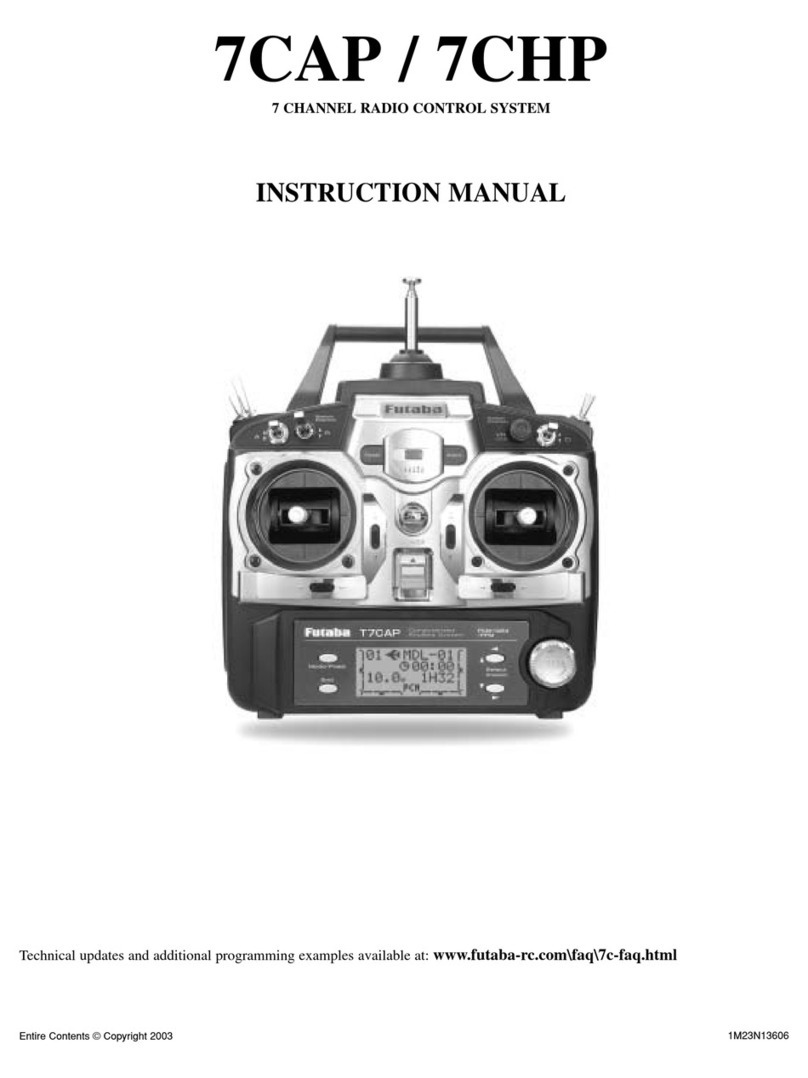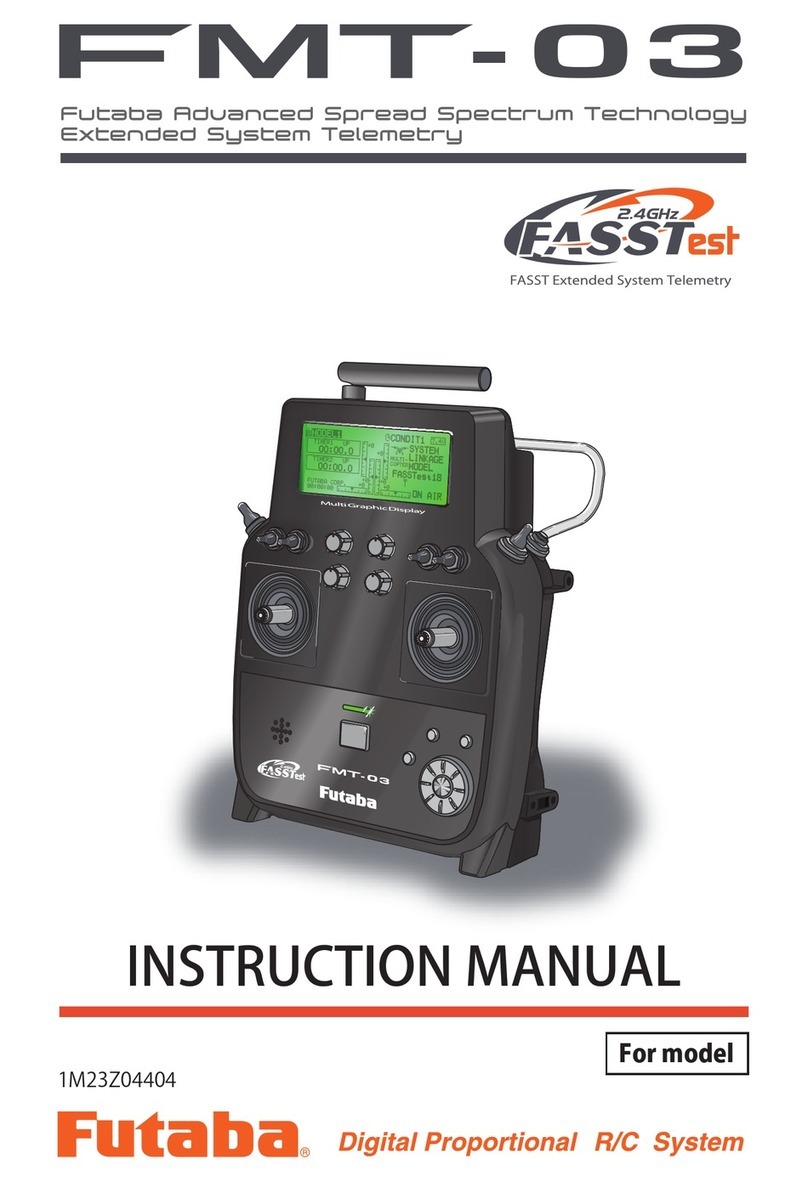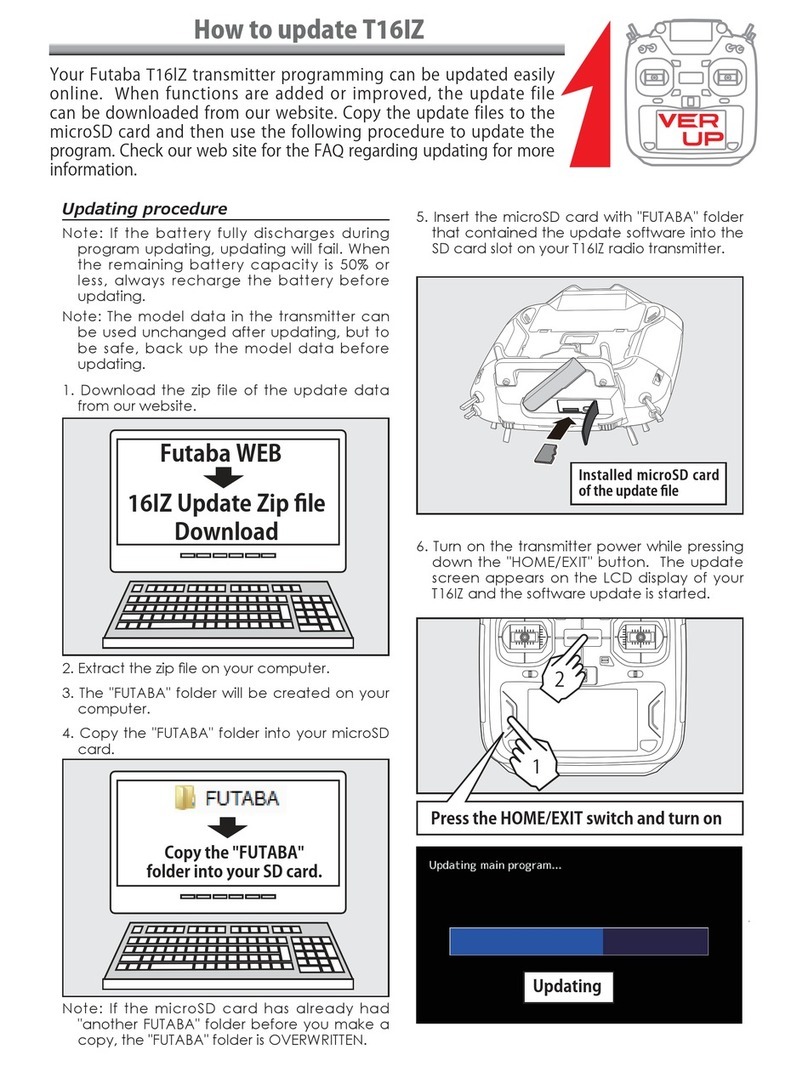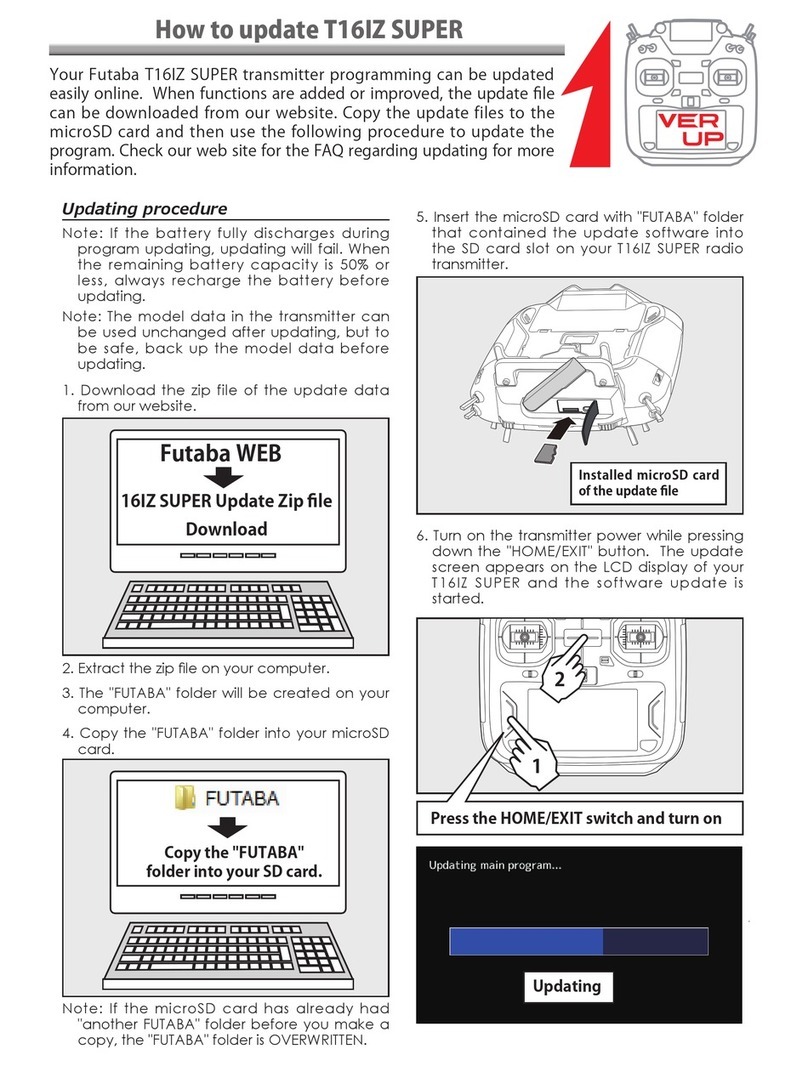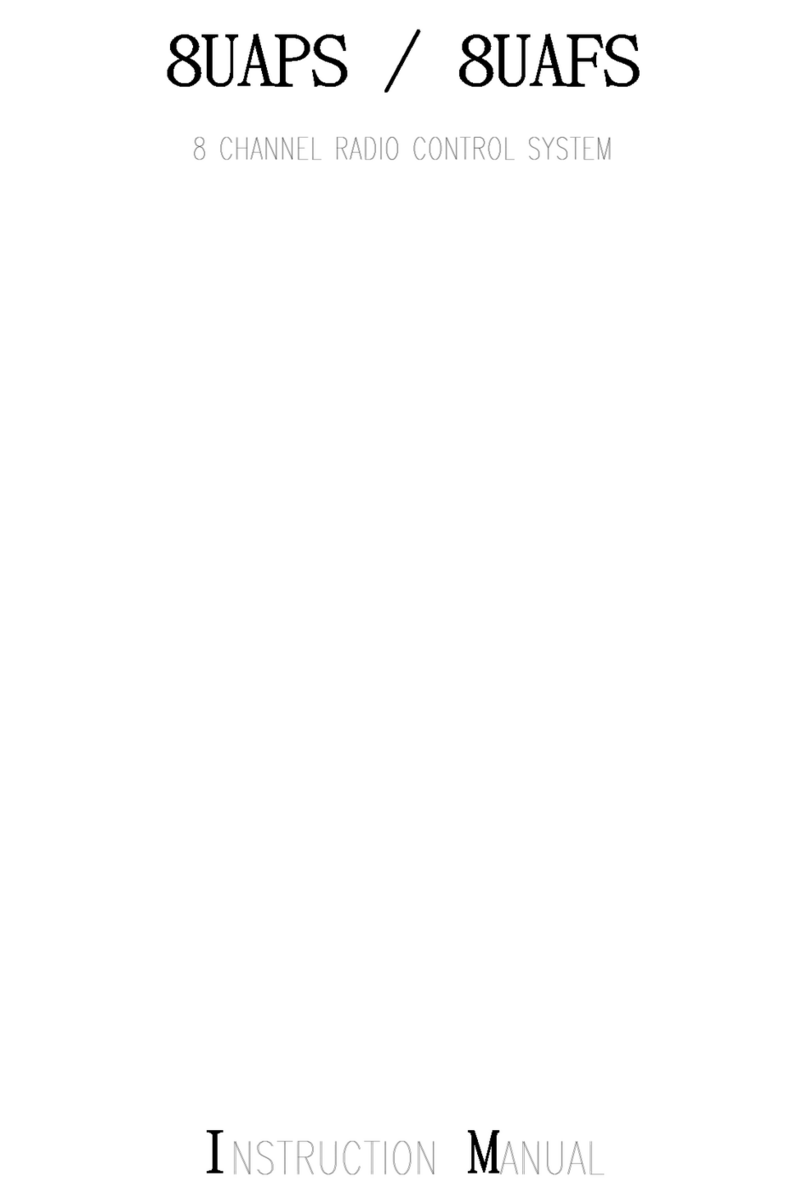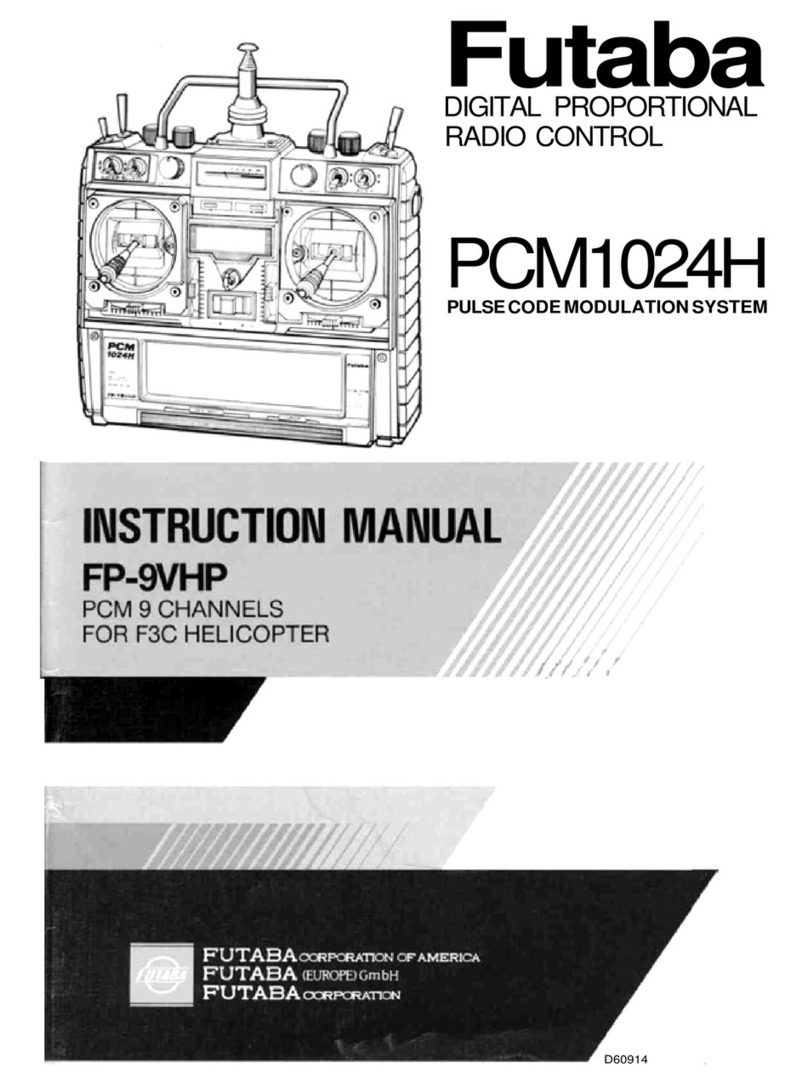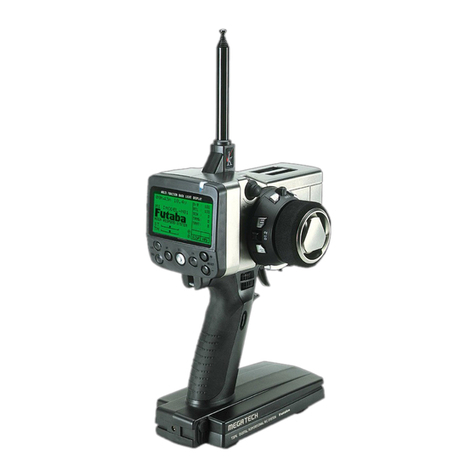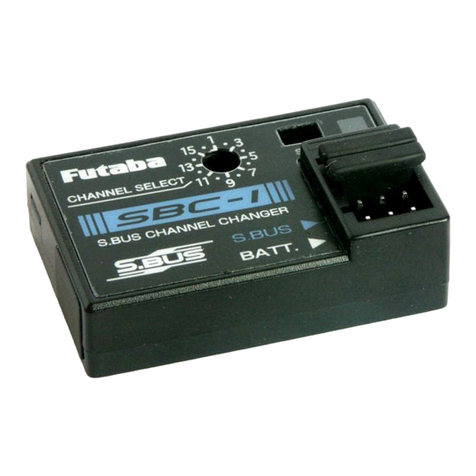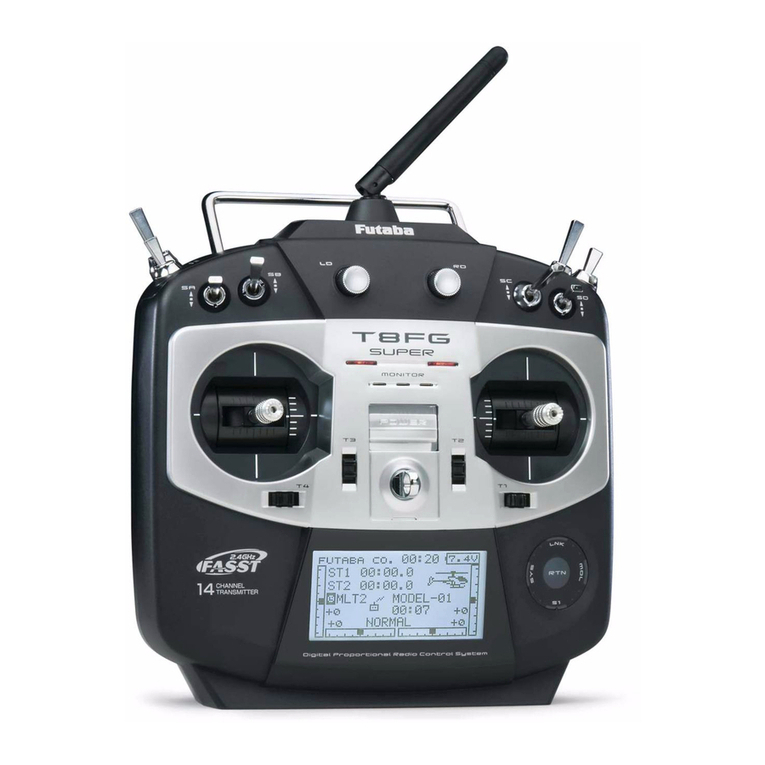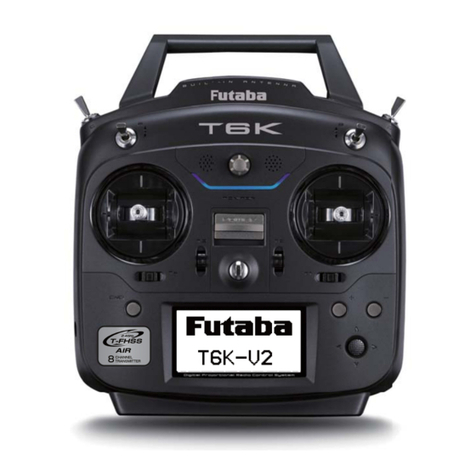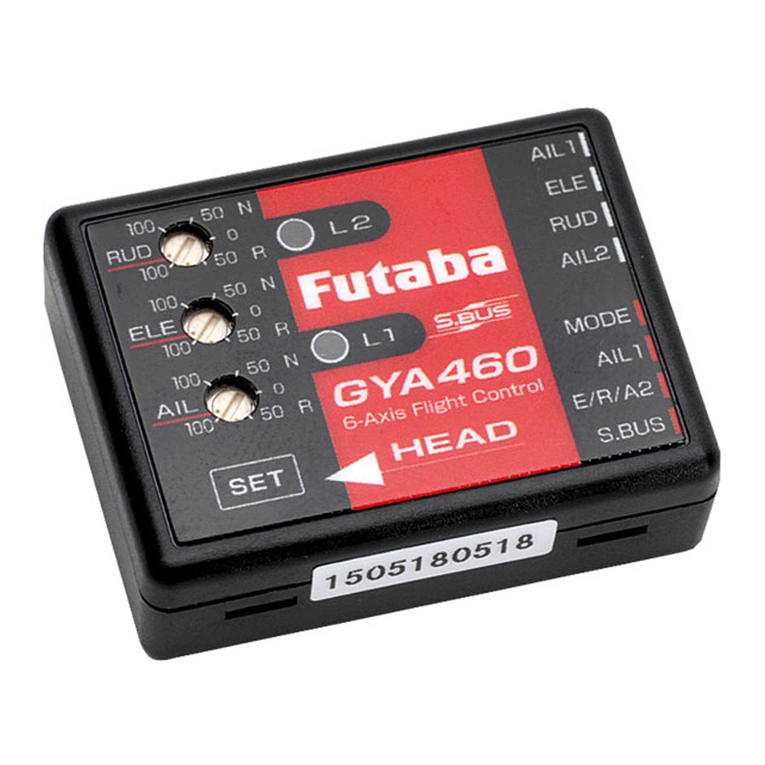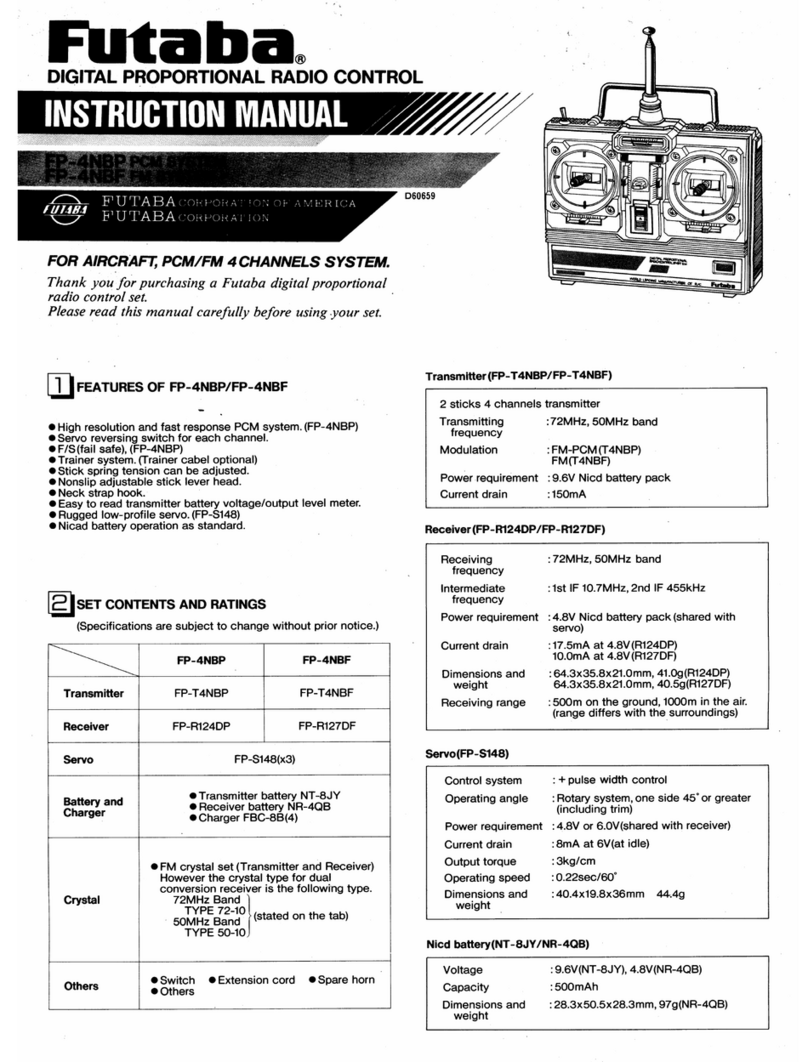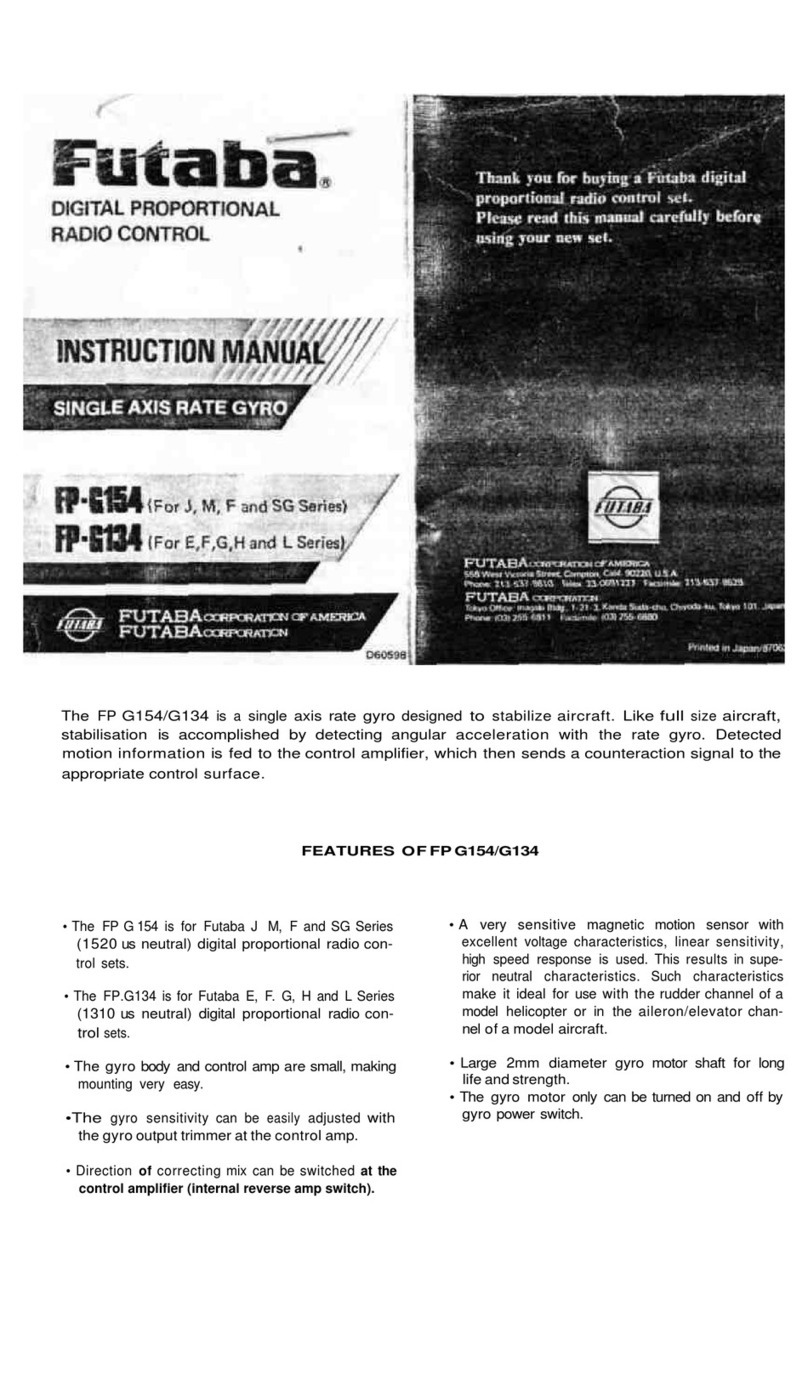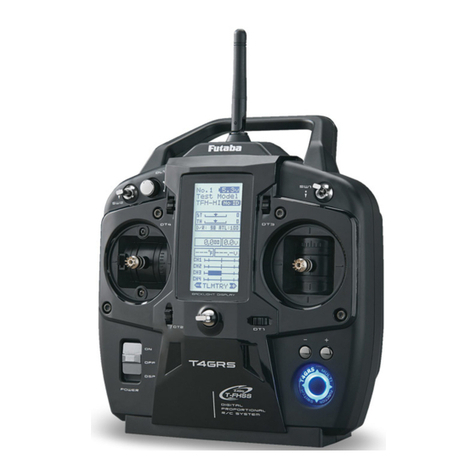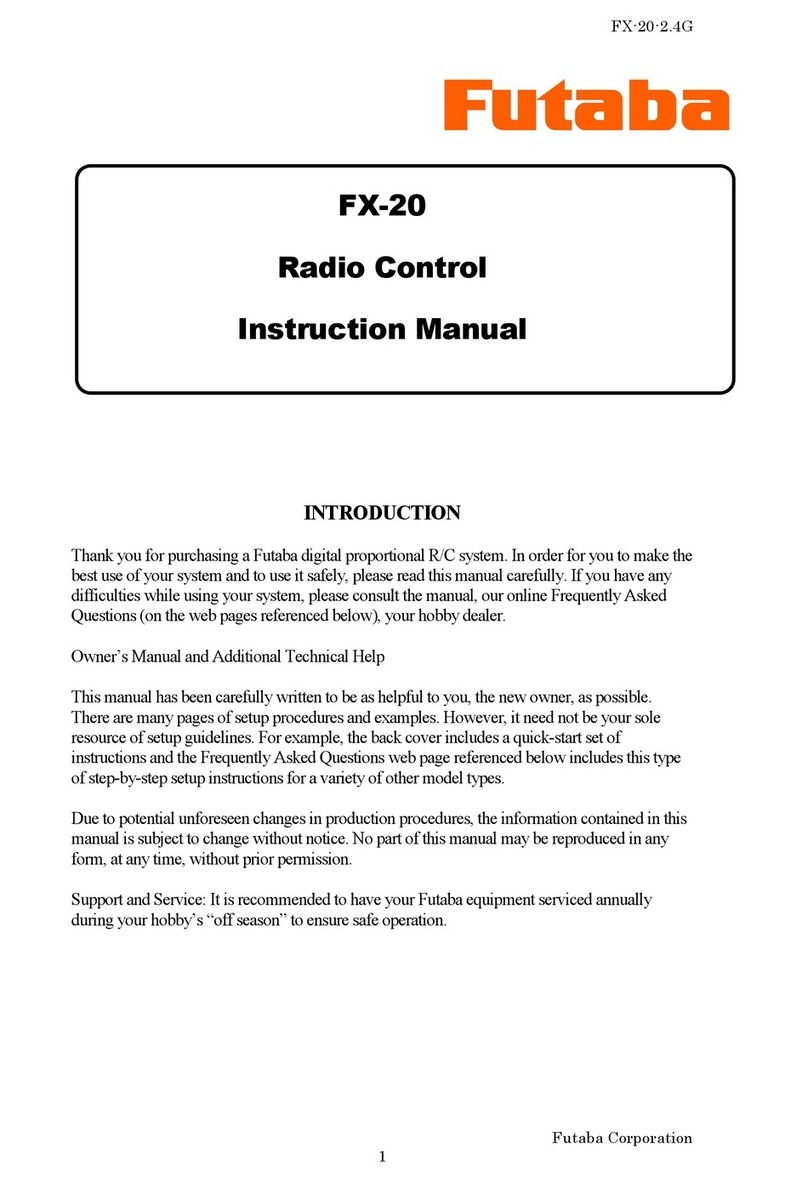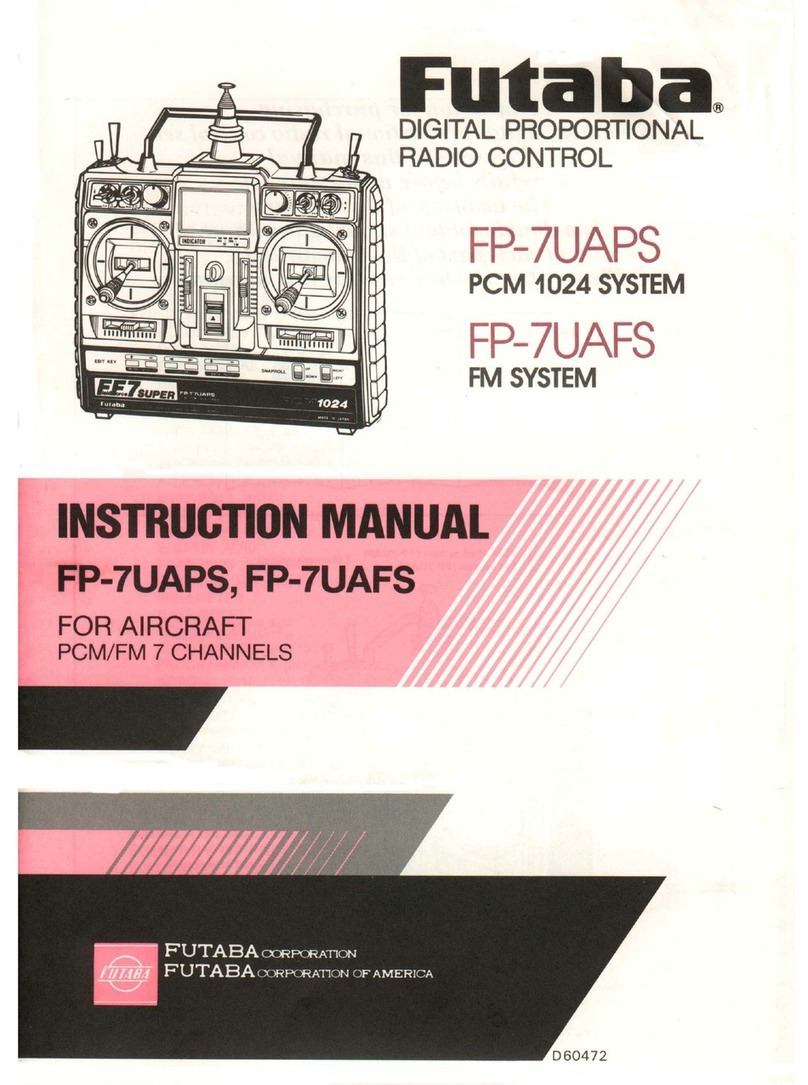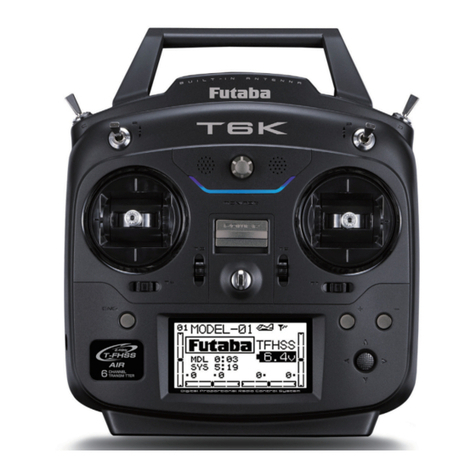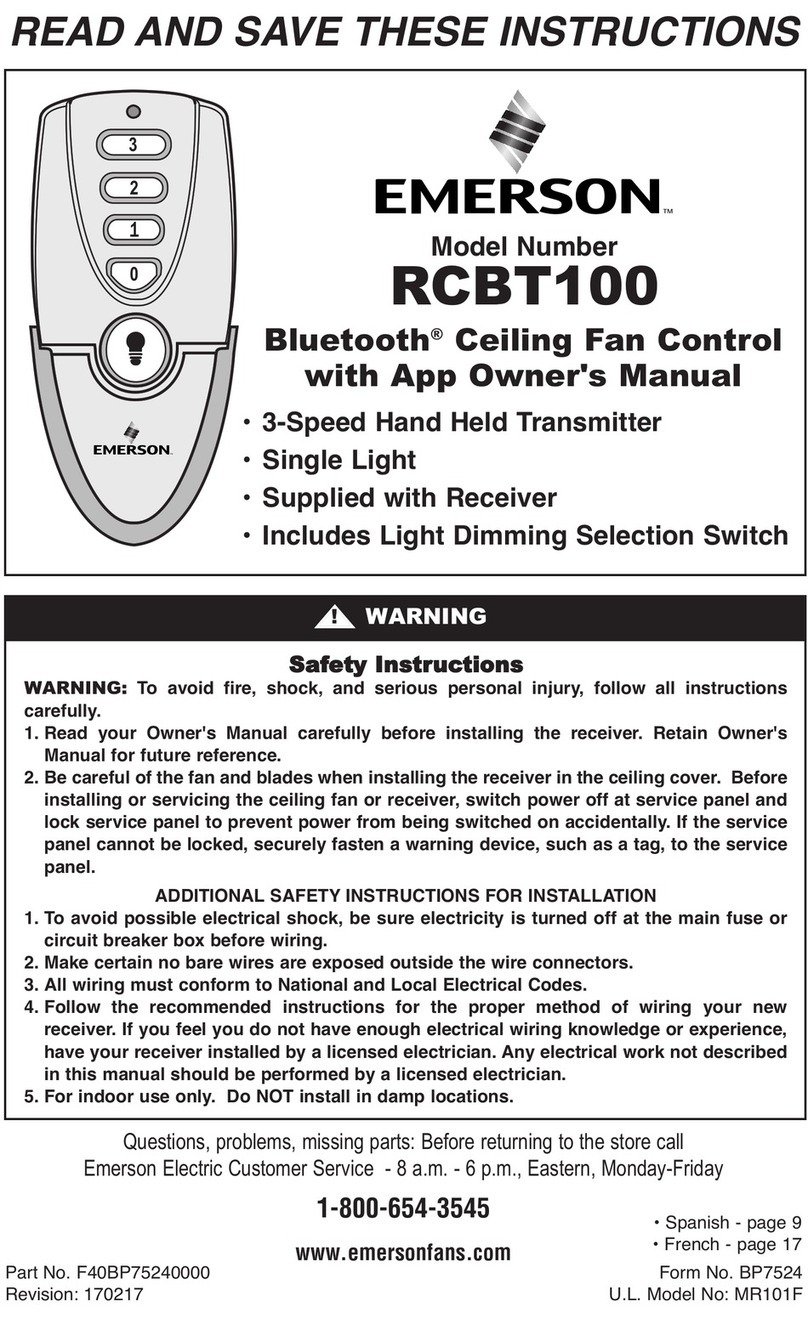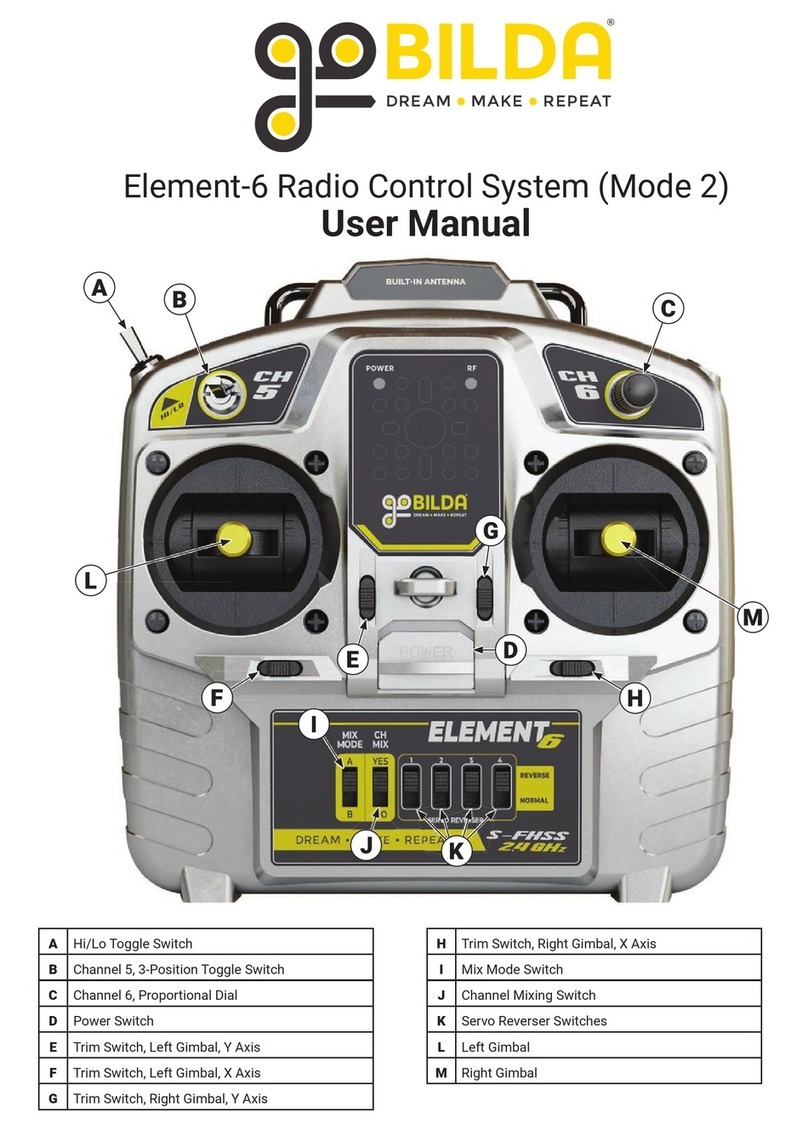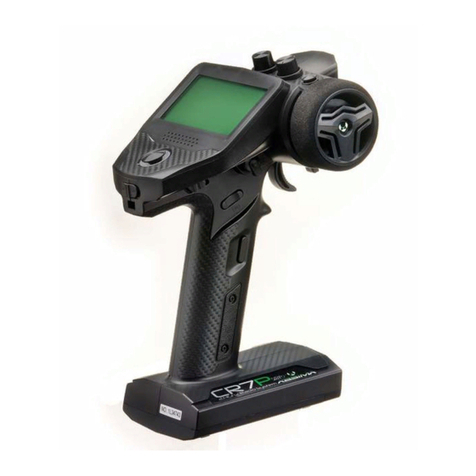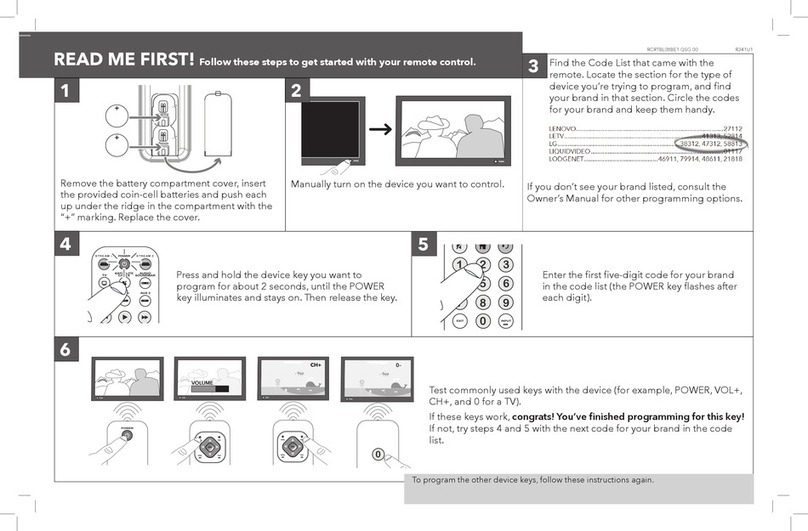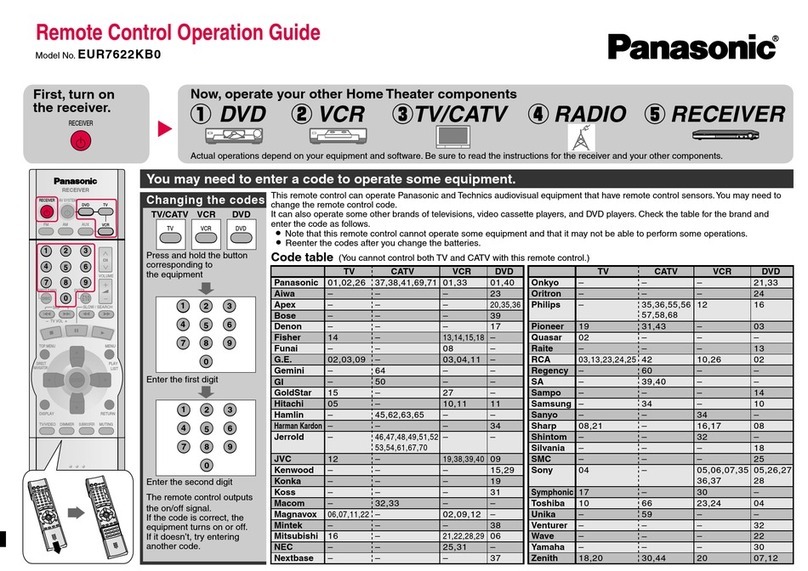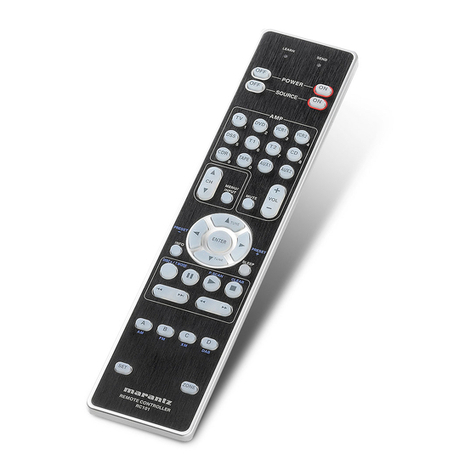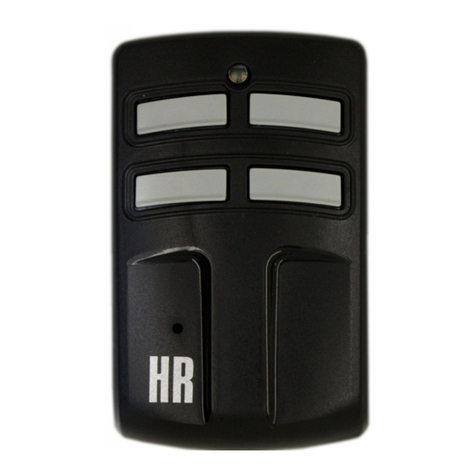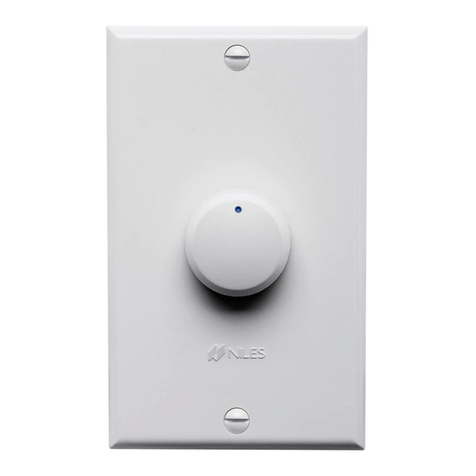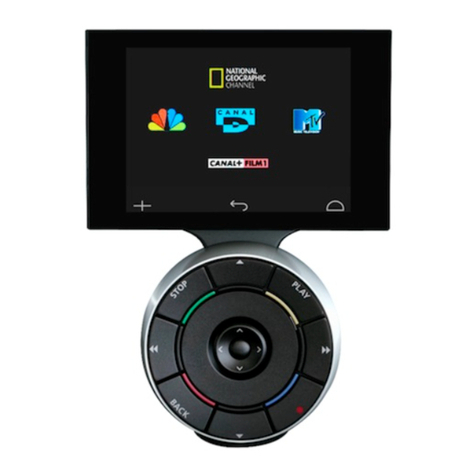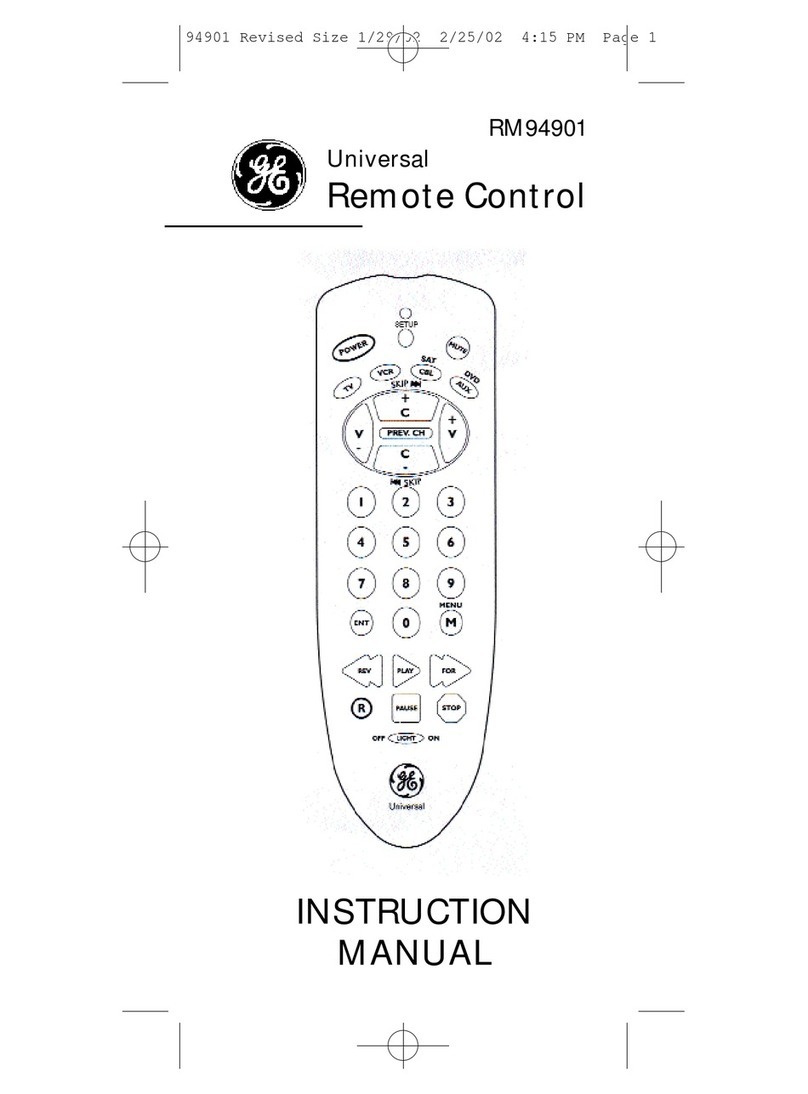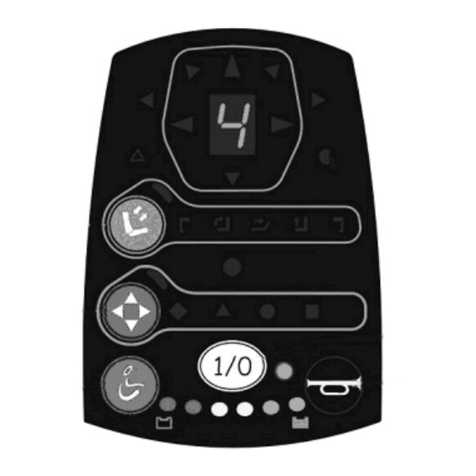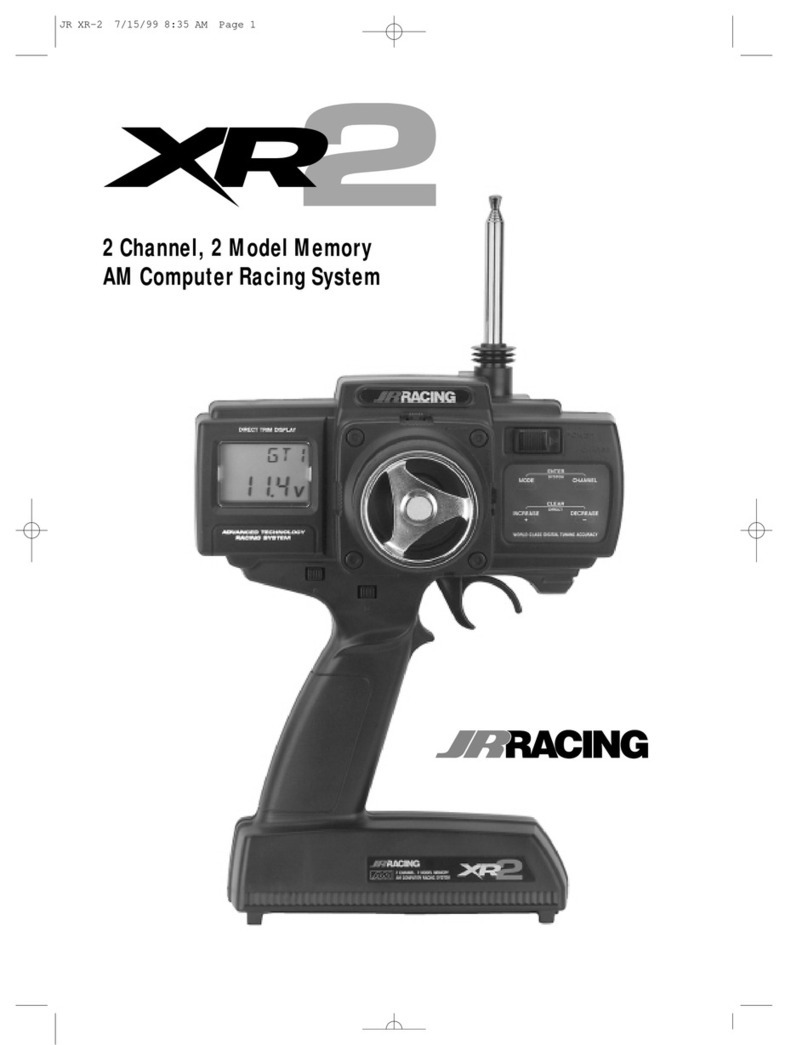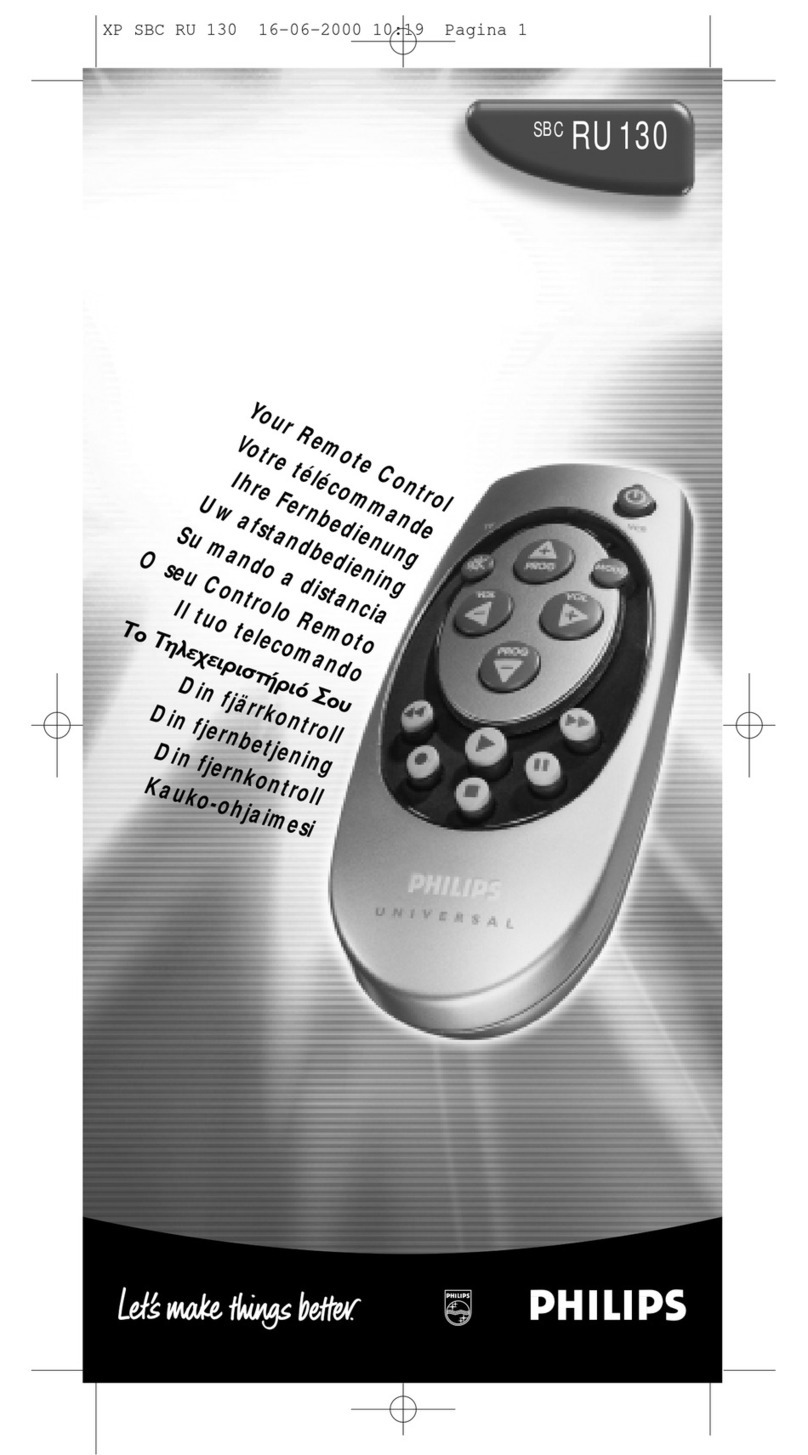
8
Before Using
Features
-Full color touch screen LCD
T10PX has an HVGA 4.3 inch, full-color, backlit LCD
WRXFKVFUHHQ7KHVFUHHQLVWUDQVÀHFWLYHZKLFKHQDEOHV
both indoor and outdoor visibility.
-F-4G system & telemetry
Equipped with an F-4G system that enables telemetry
with faster response than the T-FHSS SR system.
-SR(Super response) mode
(TXLSSHGZLWK65PRGHZKLFKKDVDVLJQL¿FDQWO\
improved response compared to conventional. SR servo
is required to use SR mode.
-10 channels
Up to 10 channels can be operated by using the S.BUS2
system together.
-T-FHSS MINIZ system
By setting to the MINIZ system in the receiver setting
menu, you can use Kyosho Mini - Z Evo dedicated
receiver RA-42. Dedicated receiver RA-42 requires
purchase separately.
-Updateable software
Software can be updated by microSD card. Model data
can also be saved in a microSD card. In addition, telem-
etry log data can be saved.
-Model memory for 40 models
Model names can use up to 15 letters, numbers, and
symbols, so that logical names may be used. A model
PHPRU\ZLWKGL൵HUHQWVHWXSVFDQEHFUHDWHGE\XVLQJ
the model copy function.
-Paddle switch + bottom switch + 3 position switch
A paddle switch near the wheel, a 3-position switch
on the grip, and a bottom switch on the bottom are
equipped to support multiple channels and functions.
-Lipo battery can be used
The optional LT2F2000B Lipo battery can be used
as the transmitter power supply. The running time is
extended.
-Brake mixing for large cars
Brake mixing of the front and rear wheels of 1/5GP and
other large cars can be adjusted independently.
-Steering mixing
Smooth cornering is possible by the independent left
and right steering servo setting.
-4WS mixing for crawlers and other 4WS type
This function can be used with crawlers and other
4-wheel steering type vehicles.
-Dual ESCs mixing for crawlers
ESC at the front and rear are controlled independently.
-Gyro mixing
The sensitivity of Futaba car rate gyros can be adjusted
from the T10PX.
-Tank mixing
This function is intended for vehicles such as tanks.
-CPS mixing
/('OLJKWLQJDQGÀDVKLQJFRQWUROXVLQJRXU&36
channel power switch can be matched to steering and
throttle operation by switch only.
-S.BUS servo
This is a special function that allows setting of the
parameters of our S.BUS servo whose settings are
changed by using PC Link software.
-MC-Link
This is a dedicated function which allows setting of the
contents of the Link software which makes possible
Futaba speed controller (ESC), MC960CR, MC950CR,
MC850C, MC851C, MC602C, MC402CR, etc. variable
frequency and other data changes by PC at the T10PX.
-Throttle speed
Sudden trigger operation on a slippery road surface will
only cause the tires to spin and the model to not acceler-
ate smoothly. By setting the throttle speed function,
operation can be performed smoothly and easily. It also
suppresses battery consumption.
-Steering speed
When you sense that the steering servo is too fast, etc.,
the servo operating speed (direction that suppresses the
maximum speed) can be adjusted.
-Non-telemetry LED
:KHQWKHWHOHPHWU\IXQFWLRQLV2))WRFRQ¿UPWKDWWKH
telemetry function is not operating.
-Dial select function
This function assigns functions to dials (digital trim,
grip dial, knob). The step amount and operating direc-
tion can also be adjusted. Trim positioning at each mod-
el call is unnecessary because all the dials are digital.
-Switch select function
This function assigns functions to 10 switches. The
operating direction can also be set.
-Wheel & Trigger position can be changed
7KHZKHHOSRVLWLRQFDQEHR൵VHWE\XVLQJDQDFFHVVRU\
$3$ZKHHOSRVLWLRQR൵VHWDGDSWHU
The wheel angle can also be adjusted.
The position of the throttle trigger can be moved for-
ward and backward.
-Rubber Grip
It is possible to convert to a narrow grip type by ex-
changing the rubber grip.
-Trim/dial lock functions
Lock functions which prohibit setting and operation by
transmitter trim, and dials are provided.
-Left-handed support
The left and right installation direction of the wheel
section can be reversed.
-Vibrator built into the grip
The vibrator can be operated at racing timer lap naviga-
tion, time-up, and low battery, telemetry alarm. It sets it
on each function screen.
-USB port
The transmitter can be used as a game controller by
connecting it to a computer with a USB cable. (Some
games cannot be used.)
